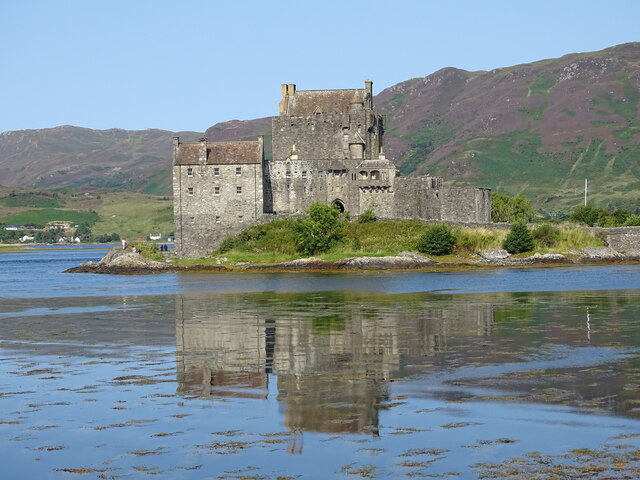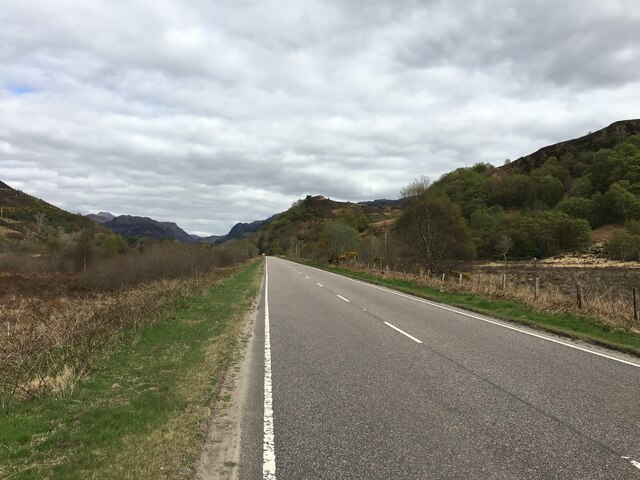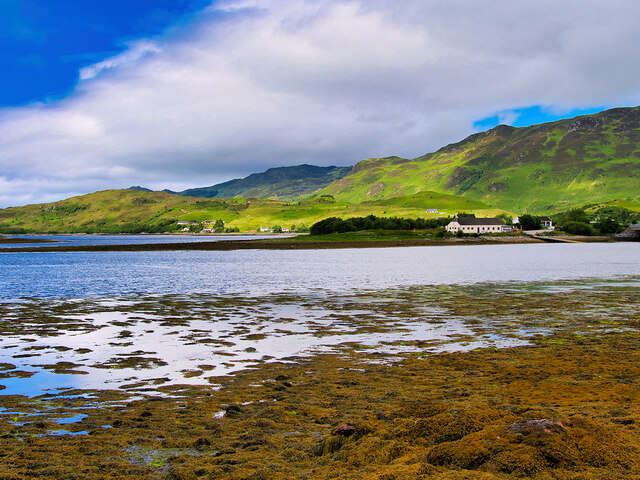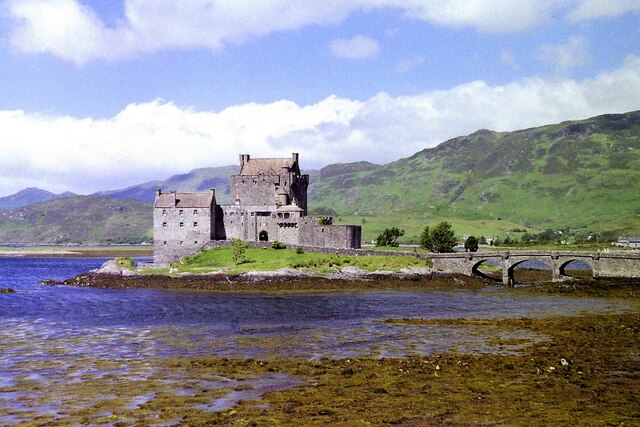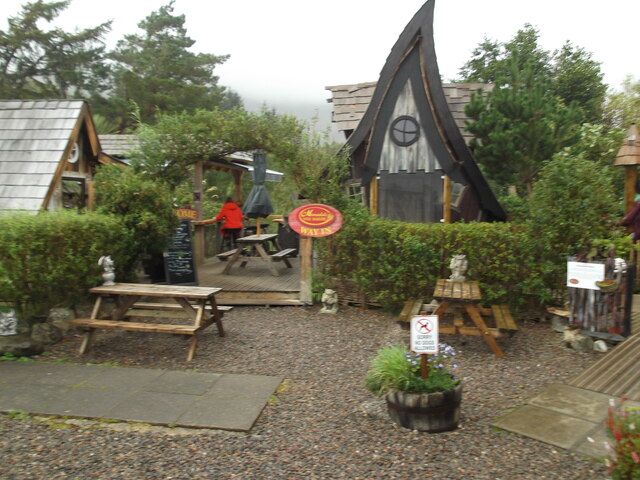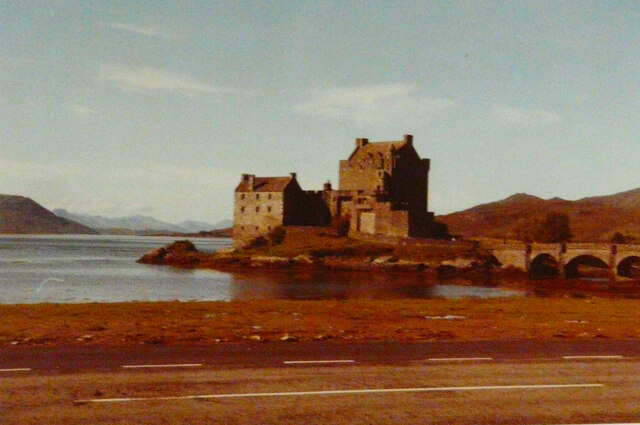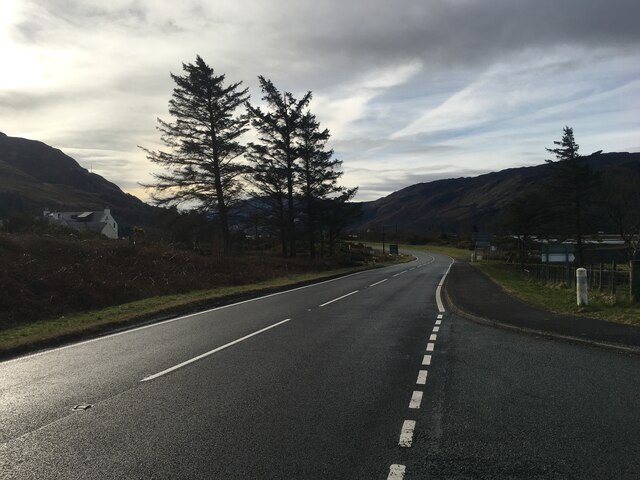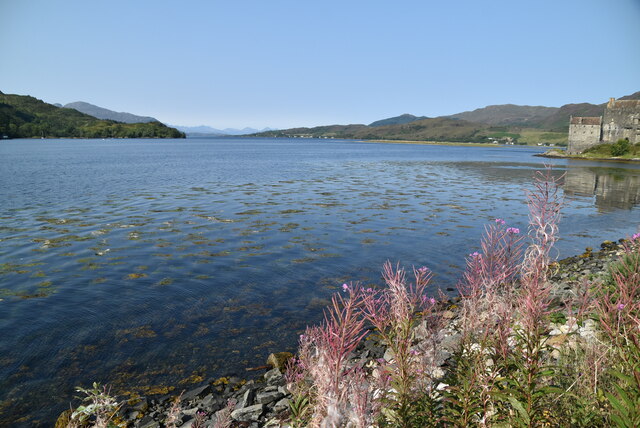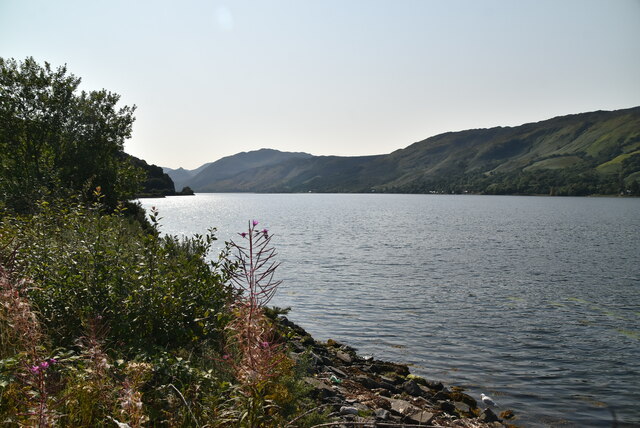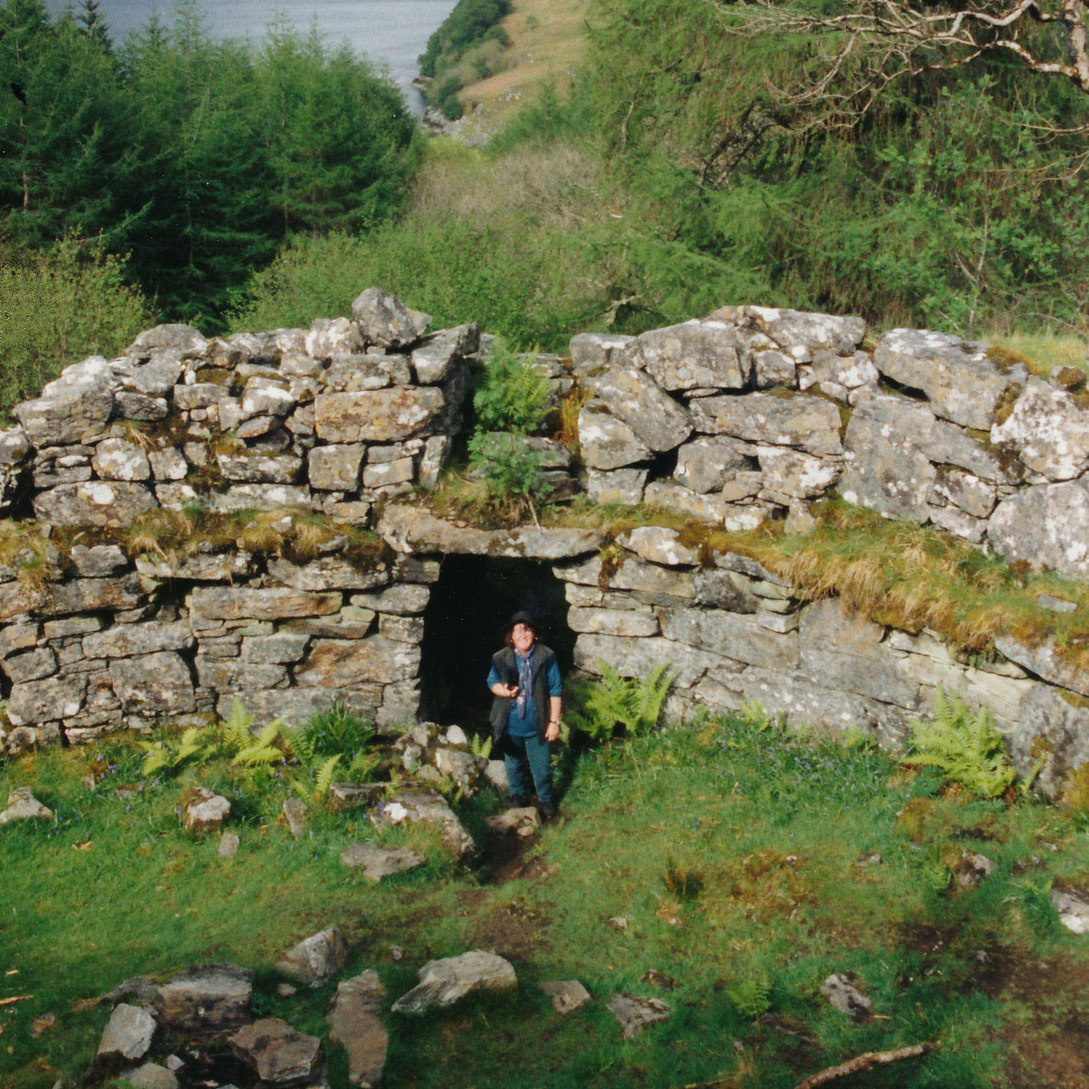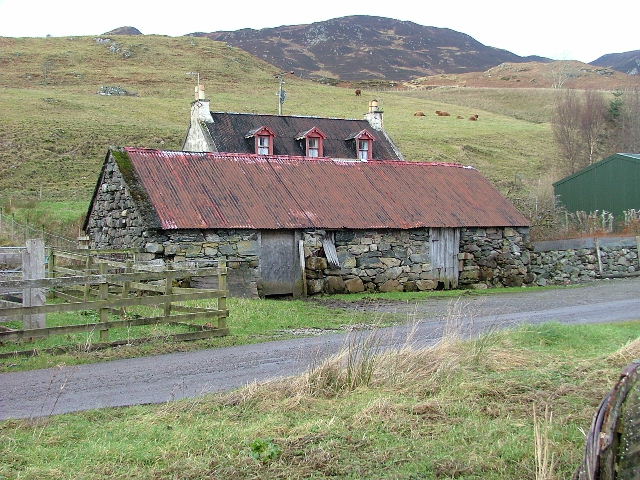Creag Rùairidh
Cliff, Slope in Ross-shire
Scotland
Creag Rùairidh
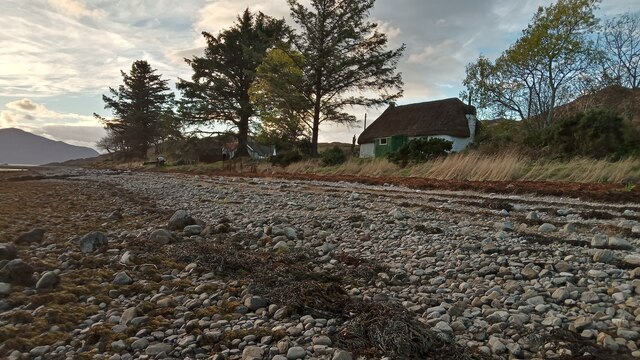
Creag Rùairidh, located in Ross-shire, Scotland, is a prominent cliff and slope formation that offers stunning views and natural beauty. This geological feature is situated in the Highlands region, near the small village of Contin.
Rising to an impressive height of approximately 300 meters, Creag Rùairidh dominates the landscape with its rugged and steep cliffs. The cliff face is made up of layers of sedimentary rock, which have been exposed over time due to erosion caused by wind, water, and ice. The layers reveal a rich geological history spanning millions of years.
The slope of Creag Rùairidh is covered in lush vegetation, including heather, grasses, and scattered trees, which add to its scenic appeal. The varied terrain provides a habitat for a diverse range of wildlife, such as birds, small mammals, and insects.
Due to its height and location, Creag Rùairidh offers breathtaking panoramic views of the surrounding countryside, including the picturesque River Beauly. On a clear day, visitors can see as far as the distant mountains of the Scottish Highlands.
The area around Creag Rùairidh is popular among hikers and nature enthusiasts who enjoy exploring the rugged trails and observing the unique flora and fauna. The cliff also attracts rock climbers, seeking to challenge themselves on its vertical faces.
Overall, Creag Rùairidh is a remarkable natural feature, showcasing the geological wonders and scenic beauty of Ross-shire, Scotland.
If you have any feedback on the listing, please let us know in the comments section below.
Creag Rùairidh Images
Images are sourced within 2km of 57.268279/-5.5437571 or Grid Reference NG8625. Thanks to Geograph Open Source API. All images are credited.

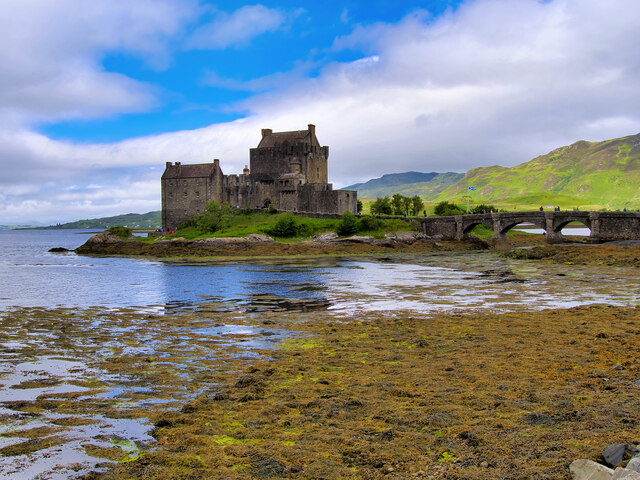
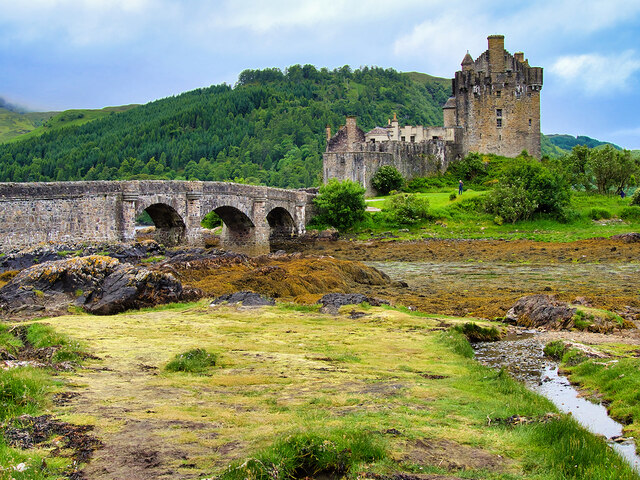
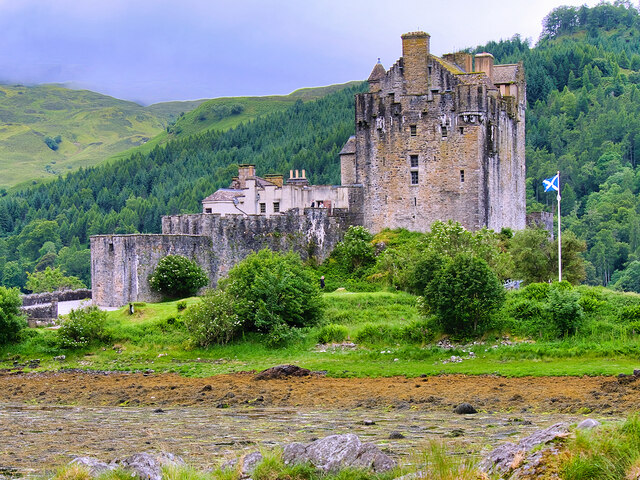
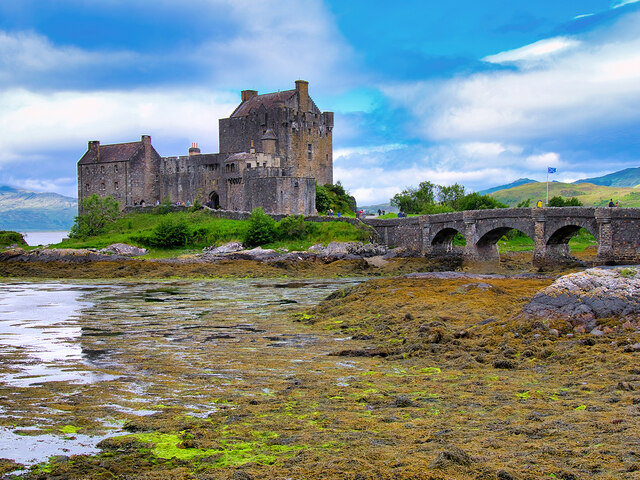
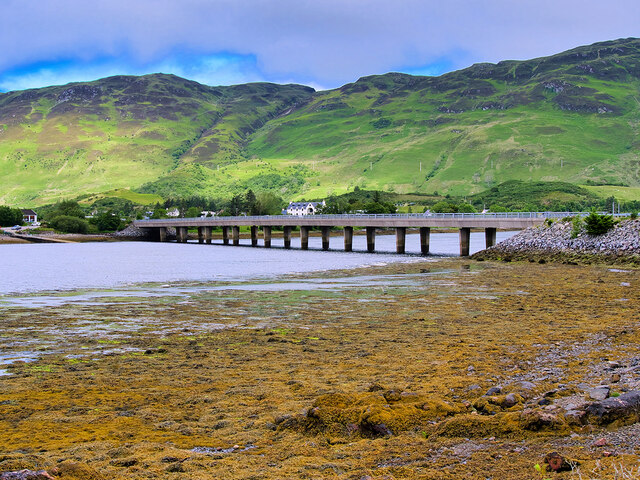
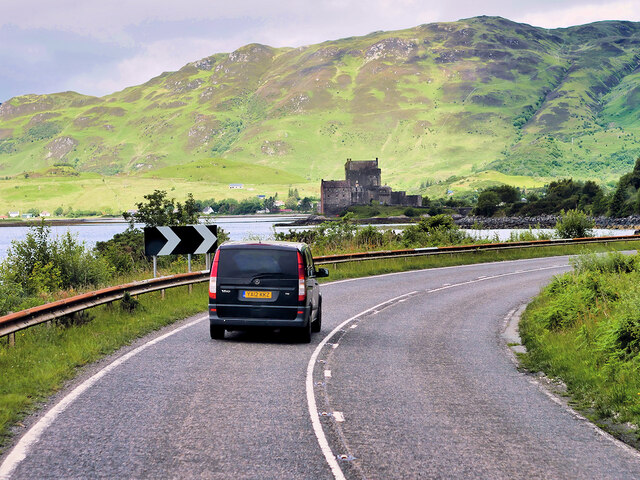
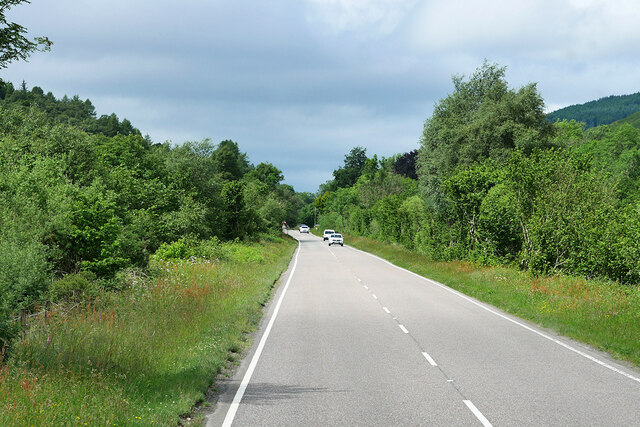
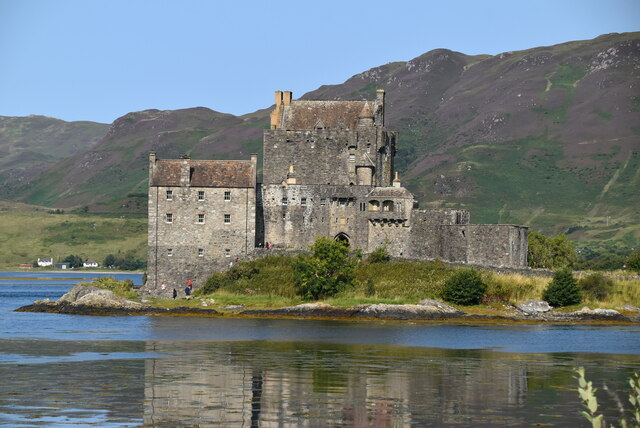
Creag Rùairidh is located at Grid Ref: NG8625 (Lat: 57.268279, Lng: -5.5437571)
Unitary Authority: Highland
Police Authority: Highlands and Islands
What 3 Words
///stores.music.nicer. Near Glenelg, Highland
Nearby Locations
Related Wikis
Caisteal Grugaig
Caisteal Grugaig (or Dun Totaig) is an Iron Age broch near the eastern end of Loch Alsh in the Scottish Highlands (grid reference NG86682508). == Location... ==
Ardelve
Ardelve (Scottish Gaelic: Àird Eilbh) is a village in Highland, Scotland, on Loch Alsh. It overlooks the Eilean Donan Castle, which is in Dornie, also...
Eilean Donan
Eilean Donan (Scottish Gaelic: Eilean Donnain) is a small tidal island situated at the confluence of three sea lochs (Loch Duich, Loch Long and Loch Alsh...
Capture of Eilean Donan Castle
The Capture of Eilean Donan Castle was a land-based naval engagement that took place in 1719 during the British Jacobite rising of that year, and the War...
Nearby Amenities
Located within 500m of 57.268279,-5.5437571Have you been to Creag Rùairidh?
Leave your review of Creag Rùairidh below (or comments, questions and feedback).
